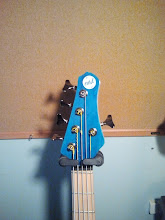
The 1969 Honda CB750 motorcycle offered a combination of hardware never before seen on a single machine. When Honda introduced the model in June of 1968, the manufacturer dropped the gauntlet that changed the world of motorcycling.
At the heart of the Honda CB750 motorcycle was an inline four-cylinder engine with single overhead cam, four carburetors, prominent four-into-four exhaust, and 67 horsepower at 8000 rpm.
For those keeping track, it put out a good 15-percent more power than BSA's new 750-cc Rocket 3 and at just under 500 pounds, weighed about the same.
It's not hard to guess which was quicker.
But it wasn't just the four-cylinder engine that caused such a stir; though most contemporary competitors were twins, several manufacturers had offered fours in the past.
No, it was the fact that four-cylinder power and smoothness was joined by a five-speed gearbox, electric starter, and a front disc brake --the disc brake first ever on a street machine -- all at a reasonable price.
The first Honda CB750 motorcycles were produced with sand-cast cases that had a rough finish; later models had smoother castings.
Those early sand-cast models, such as the Honda CB750 motorcycle pictured with this article, became the most valuable to collectors.
By 1970, Dick Mann had piloted a race-prepped Honda CB750 motorcycle into the winner's circle at Daytona, and the world of aftermarket hop-up equipment came alive.
The Honda CB750 motorcycle is also credited with casting the mold for what would later be called the "Universal Japanese Motorcycle," a breed of machines that would bring the bikes of England to their collective knees.
I always have had a very soft spot for this machine. The true definition of a classic motorcycle in my opinion. One day I will have a CB750 in my collection.





No comments:
Post a Comment